No Results Found
The page you requested could not be found. Try refining your search, or use the navigation above to locate the post.


In recent years, the conversation surrounding sustainability in business has expanded beyond just internal operations to encompass the entire value chain. Companies are increasingly realising the importance of addressing not only their direct emissions but also those that occur upstream and downstream in their supply chains. While Scope 1, 2, and 3 emissions have garnered significant attention, there is another category that is gaining recognition for its impact on the environment: Scope 4 emissions.
Scope 4 emissions, also known as upstream and downstream emissions, refer to indirect emissions associated with a company’s activities that occur outside of its direct control but are related to its products or services. These emissions encompass everything from the extraction of raw materials and production processes to the distribution, use, and disposal of products. Despite their indirect nature, Scope 4 emissions can have a substantial impact on a company’s carbon footprint and overall sustainability efforts.
One of the key challenges in addressing Scope 4 emissions lies in the complexity of modern supply chains. Businesses often have limited visibility into the environmental practices of their suppliers and downstream partners, making it difficult to accurately measure and manage these emissions. However, ignoring Scope 4 emissions can undermine a company’s sustainability goals and expose it to reputational risks as stakeholders increasingly demand transparency and accountability.
To effectively manage Scope 4 emissions, companies need to adopt a holistic approach that encompasses their entire value chain. This includes:
1. Supply Chain Transparency: Companies must work closely with suppliers to gather data on emissions associated with the extraction, production, and transportation of raw materials. Implementing supply chain transparency initiatives and conducting regular audits can help identify areas for improvement and encourage suppliers to adopt more sustainable practices.
2. Product Lifecycle Analysis: Conducting a lifecycle analysis of products can provide valuable insights into their environmental impact at each stage, from manufacturing to end-of-life disposal. By understanding where emissions occur throughout the lifecycle, companies can identify opportunities to optimize processes, reduce waste, and minimize carbon emissions.
3. Collaboration and Innovation: Collaboration across industries and value chains is essential for driving innovation and accelerating the transition to a low-carbon economy. Companies can collaborate with suppliers, customers, and other stakeholders to develop and implement sustainable solutions, such as renewable energy sources, eco-friendly materials, and circular economy models.
4. Setting Science-Based Targets: To effectively mitigate Scope 4 emissions, companies should set science-based targets aligned with the latest climate science. These targets should not only address direct emissions but also include ambitious goals for reducing upstream and downstream emissions. By setting clear targets and tracking progress, companies can hold themselves accountable and drive meaningful change.
Scope 4 emissions represent a critical yet often overlooked aspect of business sustainability. Addressing these emissions requires a collaborative and holistic approach that extends beyond the boundaries of individual companies. By taking proactive steps to measure, manage, and reduce Scope 4 emissions, businesses can enhance their environmental performance, mitigate climate risks, and position themselves as leaders in the transition to a sustainable future.
References:
1. IPCC, 2014: Climate Change 2014: Synthesis Report. Contribution of Working Groups I, II and III to the Fifth Assessment Report of the Intergovernmental Panel on Climate Change [Core Writing Team, R.K. Pachauri and L.A. Meyer (eds.)]. IPCC, Geneva, Switzerland, 151 pp.
2. Giljum, S., et al. (2016). Identifying priority sectors and value chains for circular economy strategies in Europe. Environmental Science & Policy, 55, 133-140.
3. Weidema, B. P., et al. (2009). The Ecoinvent Database: Overview and Methodology. International Journal of Life Cycle Assessment, 13(1), 3-9.
4. UNFCCC. (2015). Paris Agreement. Retrieved from https://unfccc.int/sites/default/files/english_paris_agreement.pdf.
The page you requested could not be found. Try refining your search, or use the navigation above to locate the post.
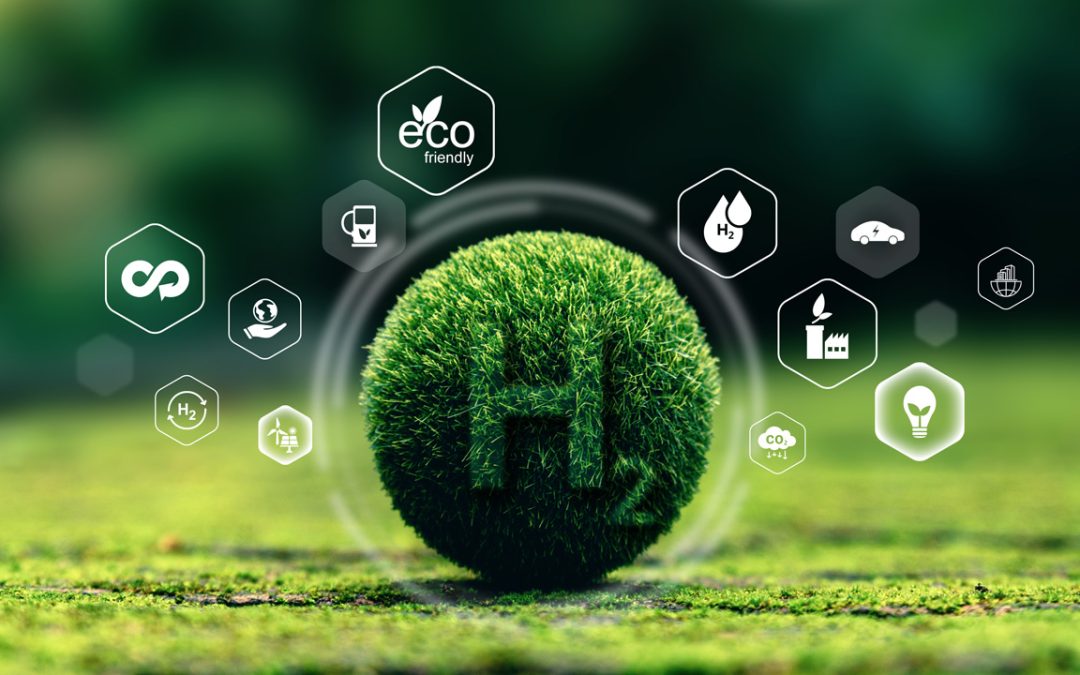
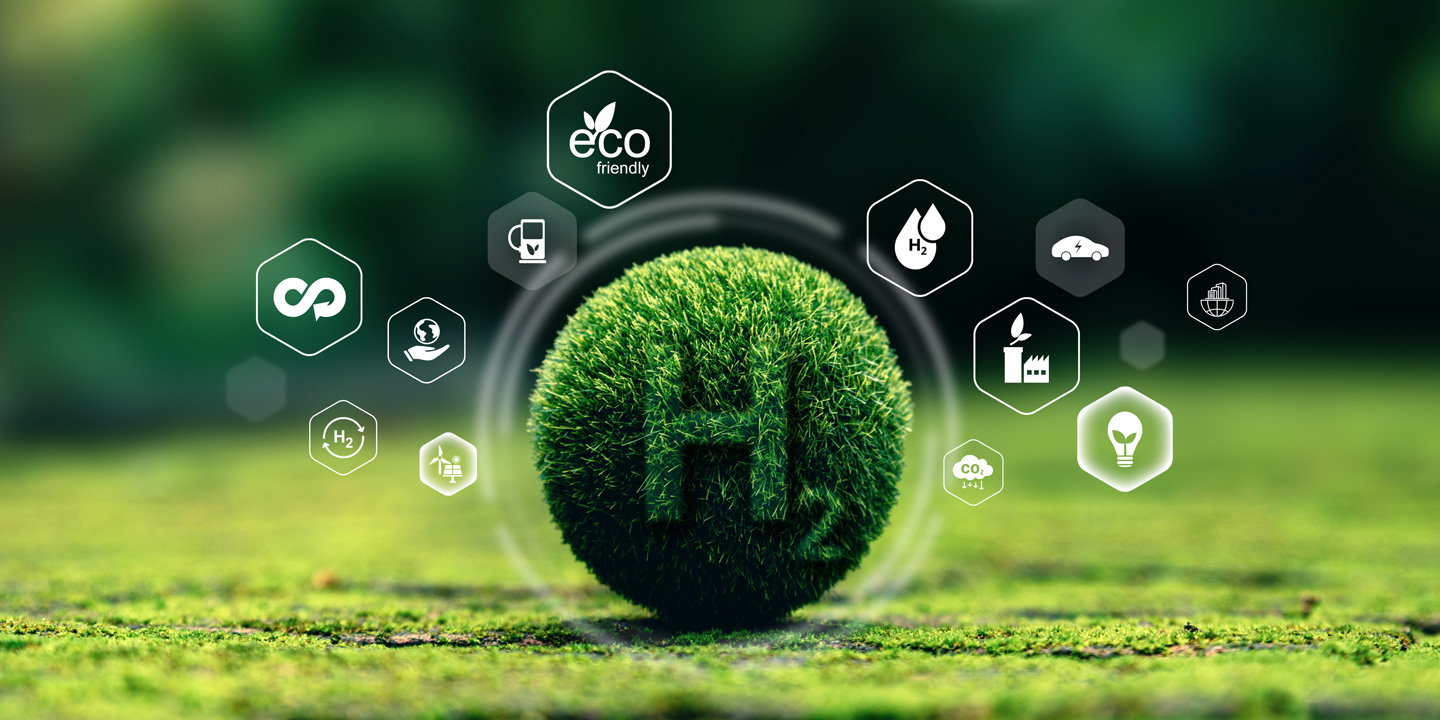
Understanding and effectively managing greenhouse gas emissions is essential in Business Sustainability. Emissions are commonly categorised into three scopes, each representing different sources of emissions and requiring distinct strategies for reduction. Scope 1, 2 and 3 is a way of categorising the different kinds of carbon emissions a company creates in its own operations, and in its wider value chain. The term first appeared in the Green House Gas Protocol of 2001. Today Scopes are the basis for mandatory GHG reporting in the UK. By comprehensively addressing these emissions scopes, businesses can make meaningful strides towards mitigating their environmental impact and advancing sustainability goals.
Scope 1 emissions encompass direct greenhouse gas emissions that occur from sources owned or controlled by the organisation. These emissions typically result from activities such as:
For businesses, Scope 1 emissions are often the most straightforward to measure and manage since they occur within the organisation’s direct control. Strategies for reducing Scope 1 emissions may include transitioning to cleaner energy sources, improving energy efficiency, and implementing technologies to capture and store emissions.
Scope 1 and 2 are most within an organisation’s control.
Scope 2 emissions encompass indirect greenhouse gas emissions associated with the generation of purchased energy consumed by the organisation. While these emissions occur off-site, they are still linked to the organisation’s activities and operations.
To address Scope 2 emissions, businesses can focus on increasing energy efficiency, sourcing renewable energy, and engaging with electricity providers to procure cleaner power. Initiatives such as installing solar panels, purchasing renewable energy certificates (RECs), or entering into power purchase agreements (PPAs) can help organizations reduce their Scope 2 emissions footprint.
In some cases, the solutions exist to deliver net zero for Scope 1 and 2 emissions for an organisation.
Scope 3 emissions represent all other indirect greenhouse gas emissions that occur as a result of the organisation’s activities but are not directly owned or controlled. These emissions extend beyond the organisation’s boundaries and encompass the entire value chain, including upstream and downstream activities. Scope 3 emissions may include:
Scope 3 emissions often constitute the largest portion of a company’s carbon footprint, in many businesses more than 70%, but are also the most challenging to quantify and address due to their complexity and dependence on external factors. However, businesses can still take meaningful steps to reduce their Scope 3 emissions by collaborating with suppliers, optimising transportation logistics, promoting sustainable consumption patterns, and investing in circular economy initiatives.
Businesses looking to adopt best practice will commit to tackling Scope 3 emissions as part of their plans. Mapping your emissions footprint by scale, and how much control you have over the source will be a good way to start addressing them.
Incorporating emissions scopes 1, 2, and 3 into sustainability strategies is essential for businesses committed to reducing their environmental footprint and advancing climate action. By understanding the sources and impacts of greenhouse gas emissions across their operations and value chains, organisations can identify opportunities for improvement, set ambitious reduction targets, and implement targeted initiatives to drive positive change. Embracing a holistic approach to emissions management is not only vital for environmental stewardship but also for enhancing resilience, reputation, and long-term business viability in an increasingly sustainability-conscious world.
The page you requested could not be found. Try refining your search, or use the navigation above to locate the post.
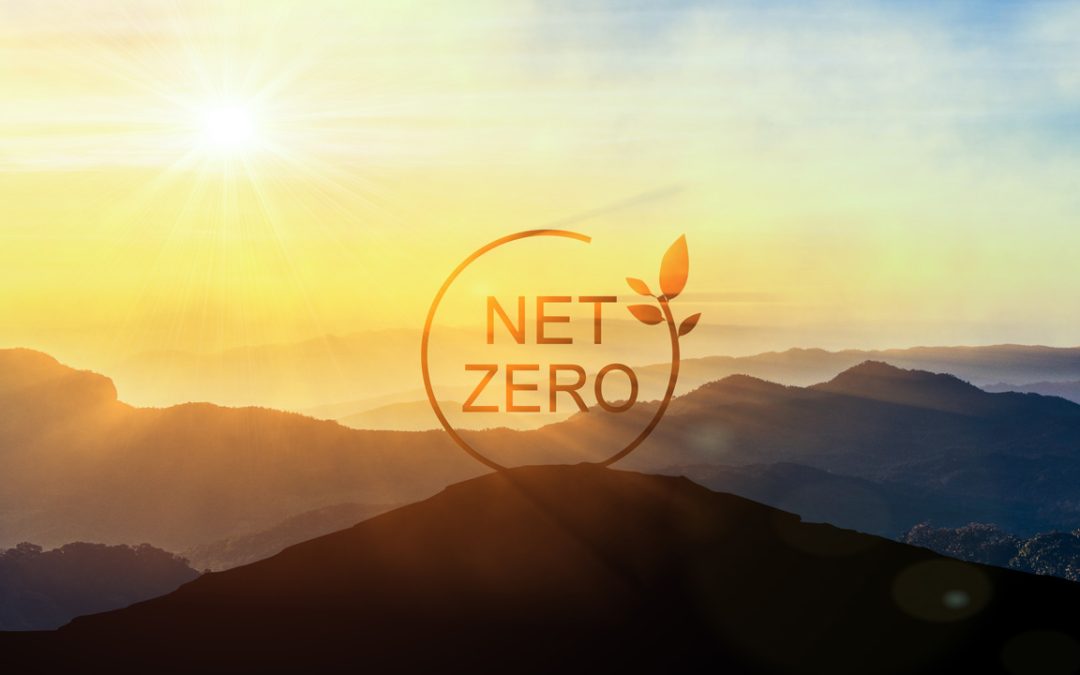

In recent years, the concept of achieving “net zero” has gained significant traction in the realm of sustainability, particularly concerning business practices. With the looming threat of climate change, there’s an urgent need for companies to address their carbon emissions and environmental impact. But what exactly does “net zero” mean, and how can businesses work towards achieving it?
Net zero refers to the state where the amount of greenhouse gases (GHGs) emitted into the atmosphere is balanced by the amount removed or offset. In simpler terms, it means achieving a balance between the emissions produced and those removed from the atmosphere. This balance is crucial for mitigating climate change and keeping global temperatures within manageable limits.
Measuring net zero involves calculating an organisation’s total greenhouse gas emissions and then offsetting or removing an equivalent amount from the atmosphere. The most common approach is to use the Greenhouse Gas Protocol, developed by the World Resources Institute (WRI) and the World Business Council for Sustainable Development (WBCSD). This protocol categorises emissions into three scopes:
Achieving net zero requires a multi-faceted approach that involves reducing emissions wherever possible and offsetting or removing unavoidable emissions. Here are some strategies that businesses can adopt:
Achieving net zero is a vital goal for businesses committed to sustainability and combating climate change. By measuring and reducing their carbon footprint across all scopes, implementing renewable energy solutions, optimising supply chains, and investing in carbon offsetting and removal strategies, companies can play a significant role in transitioning to a low-carbon economy.
Achieving net zero requires concerted efforts and collaboration across industries, governments, and civil society to create a more sustainable future for generations to come.
References:
– World Resources Institute (WRI). (2021). Greenhouse Gas Protocol. Retrieved from https://ghgprotocol.org/
– World Business Council for Sustainable Development (WBCSD). (n.d.). Greenhouse Gas Protocol. Retrieved from https://ghgprotocol.org/
– International Energy Agency (IEA). (2020). Net Zero by 2050: A Roadmap for the Global Energy Sector. Retrieved from https://www.iea.org/reports/net-zero-by-2050
The page you requested could not be found. Try refining your search, or use the navigation above to locate the post.


In today’s increasingly environmentally-conscious world, businesses are recognising the importance of integrating sustainability into their operations. Embracing sustainable practices not only benefits the environment but also enhances brand reputation, drives innovation, and fosters long-term profitability. If you’re looking to embark on a business sustainability journey but aren’t sure where to begin, here are some key steps to get started:
The first step in any sustainability journey is to understand your organisation’s current environmental footprint. Conduct a comprehensive assessment to identify areas of high energy consumption, waste generation and greenhouse gas emissions. This may involve analysing utility bills, conducting waste audits and quantifying emissions from various sources. By gaining insights into your environmental impact you can pinpoint areas for improvement and set meaningful sustainability goals.
Once you’ve assessed your environmental impact define clear and measurable sustainability goals aligned with your organisation’s values and priorities. Whether it’s reducing carbon emissions, minimising waste or promoting renewable energy adoption, set specific targets that are achievable within a defined timeframe. Ensure that your sustainability goals are SMART: specific, measurable, achievable, relevant, and time-linked. Communicate these goals effectively to stakeholders to secure support and accountability.
Sustainability is a team effort that requires buy-in from all levels of the organisation. Engage employees, management, suppliers and customers in the sustainability journey by fostering a culture of environmental responsibility and social consciousness. Encourage collaboration, solicit feedback and empower employees to contribute ideas and initiatives. Building internal support for sustainability initiatives is essential for driving meaningful change and embedding sustainability into the organisational culture.
Identify the most significant environmental, social, and governance (ESG) issues that are relevant to your business and stakeholders through a materiality assessment. Consider factors such as industry trends, stakeholder expectations, regulatory requirements and potential risks and opportunities. Prioritise ESG issues based on their significance to your business and their impact on stakeholders. This will help you focus your sustainability efforts on areas where you can make the greatest positive impact.
Translate your sustainability goals into action by implementing sustainable practices across all aspects of your operations. This may include:
– Improving energy efficiency through equipment upgrades, building retrofits and operational optimizations.
– Reducing waste through recycling, composting and waste minimization strategies.
– Sourcing materials and suppliers that adhere to responsible sourcing practices.
– Promoting sustainable transportation options for employees and optimising logistics to minimise emissions.
– Investing in renewable energy sources, such as solar or wind power, to reduce reliance on fossil fuels.
Establish robust monitoring and reporting mechanisms to track your progress towards sustainability goals and objectives. Implement key performance indicators (KPIs) to measure environmental metrics, such as energy consumption, water usage, waste generation and carbon emissions. Regularly assess performance against targets, identify areas of improvement and adjust strategies as needed. Transparently communicate your sustainability achievements and challenges to stakeholders through sustainability reports, annual disclosures and other communication channels.
Sustainability is an ongoing journey of continuous improvement and innovation. Stay informed about emerging trends, technologies and best practices in sustainability to remain at the forefront of environmental stewardship. Encourage a culture of innovation and experimentation and be open to exploring new ideas and solutions. Engage with industry peers, sustainability experts and community partners to exchange knowledge and collaborate on shared sustainability goals. By embracing a mindset of continuous improvement you can drive positive change and make meaningful contributions to a more sustainable future.
Embarking on a business sustainability journey requires commitment, collaboration and strategic planning. By following these key steps and integrating sustainability into your organisational DNA you can create value for your business, society, and the environment. Start small, set achievable goals and celebrate progress along the way. Remember that every step towards sustainability makes a difference and contributes to building a more sustainable future for generations to come.
The page you requested could not be found. Try refining your search, or use the navigation above to locate the post.
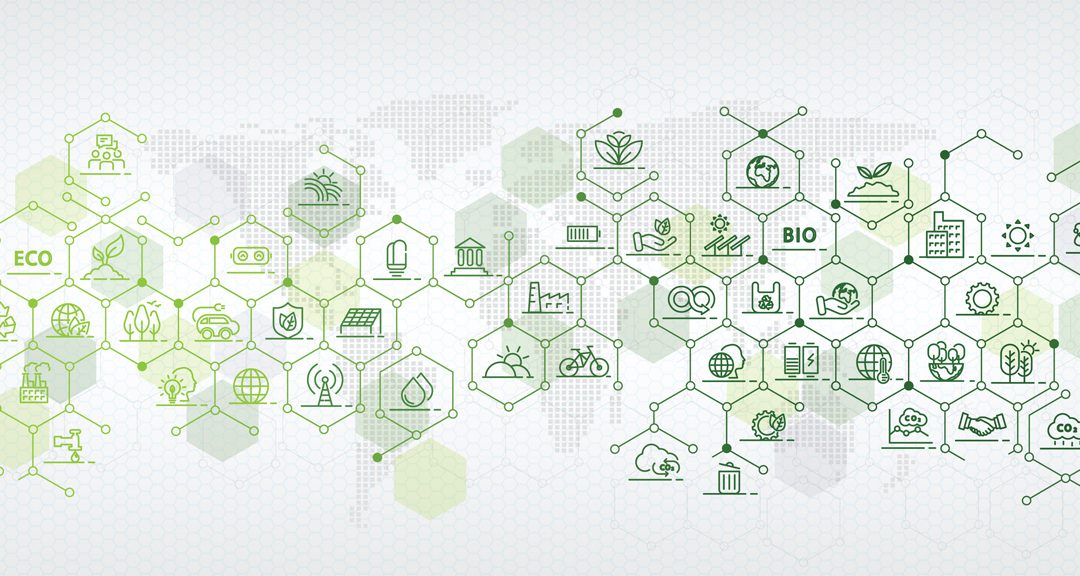
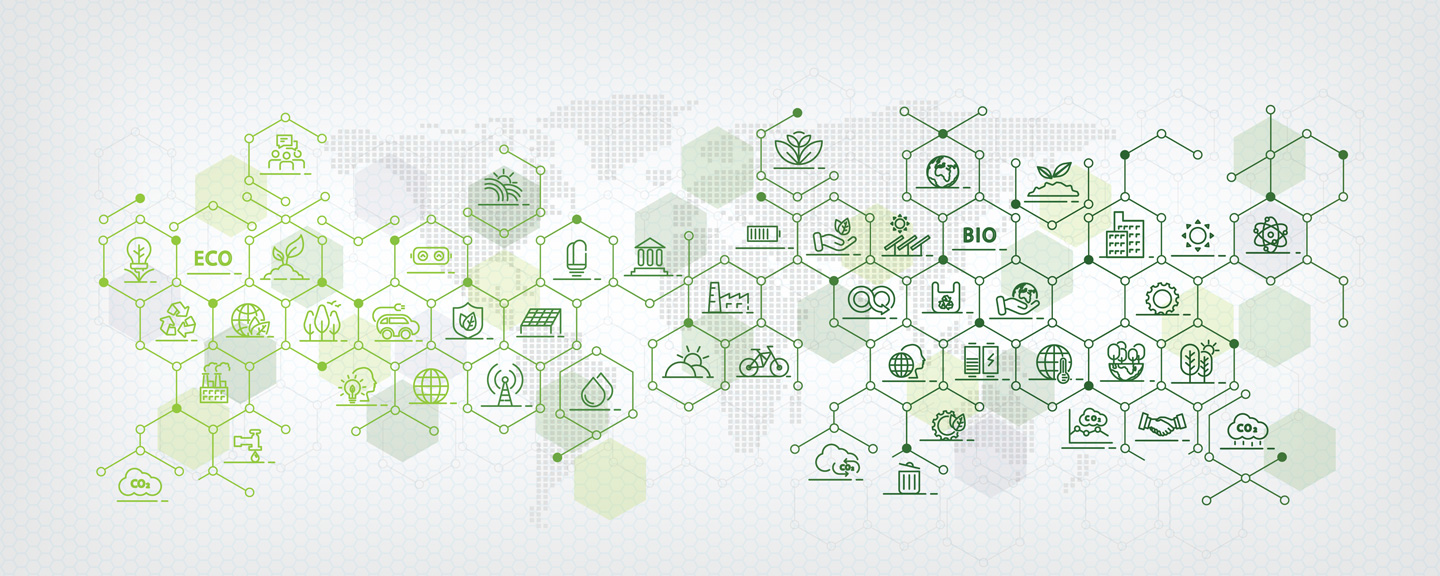
In today’s world, the concept of sustainability has become more than just a buzzword; it’s a crucial aspect of responsible business practices. Business sustainability encompasses a broad range of principles and practices aimed at minimizing environmental impact (E- Environment), promoting social equity (S- Social), and ensuring long-term economic viability and ethical governance (G – Governance), together know as ESG. In essence, it’s about meeting the needs of the present without compromising the ability of future generations to meet their own needs. But what does it mean to be a truly sustainable business, and what are the key elements that contribute to it?
At its core, business sustainability is about finding harmony between economic growth, environmental protection and social responsibility. It goes beyond simply reducing carbon emissions or implementing recycling programs – it requires a holistic approach that considers the interconnectedness of environmental, social and ethical corporate governance. Sustainable businesses strive to operate in a way that balances profitability with ethical considerations and environmental stewardship.
1. Environmental Responsibility: Sustainable businesses minimise their environmental footprint by reducing waste, conserving resources, and adopting eco-friendly practices. This may involve investing in renewable energy, using recycled materials, optimising transportation logistics to reduce emissions, and implementing sustainable packaging solutions.
2. Social Equity: Beyond environmental concerns, sustainable businesses prioritise social responsibility by fostering inclusive workplaces, supporting local communities, and upholding human rights throughout their supply chains. This includes promoting diversity and inclusion, ensuring fair labour practices, and engaging in philanthropic initiatives that benefit society at large.
3. Economic Resilience: True sustainability requires economic viability over the long term. Sustainable businesses focus on generating profits while also investing in innovation, research and development to adapt to changing market conditions and emerging challenges. They prioritise long-term value creation over short-term gains and strive for financial transparency and accountability.
4. Stakeholder Engagement: Building and maintaining trust with stakeholders – whether they are customers, employees, investors, or communities – is essential for sustainable business practices. Effective communication, collaboration, and transparency foster stronger relationships and ensure that the interests of all stakeholders are taken into account in decision-making processes.
5. Continuous Improvement: Sustainability is not a destination but a journey. Truly sustainable businesses are committed to ongoing improvement and innovation, constantly seeking ways to reduce their environmental impact, enhance social impact, strengthen economic performance and ensure good and ethical practice. This may involve setting measurable goals, conducting regular audits and assessments, and staying abreast of industry best practices and emerging trends.
Being a truly sustainable business goes beyond mere compliance with regulations or greenwashing tactics. It requires a genuine commitment to integrating sustainability into every aspect of operations, from product design and manufacturing to marketing and distribution. It means embracing a mindset of responsibility, resilience, and innovation, and recognising that sustainability is not just a moral imperative, but also a strategic advantage in today’s rapidly evolving business landscape.
Business sustainability is not a one-size-fits-all concept; it’s a multifaceted approach that requires careful consideration of environmental, social, economic and governance factors. By embracing the key elements of sustainability and striving for continuous improvement, businesses can play a vital role in building a more sustainable future for generations to come. What we do today affects tomorrow.
The page you requested could not be found. Try refining your search, or use the navigation above to locate the post.